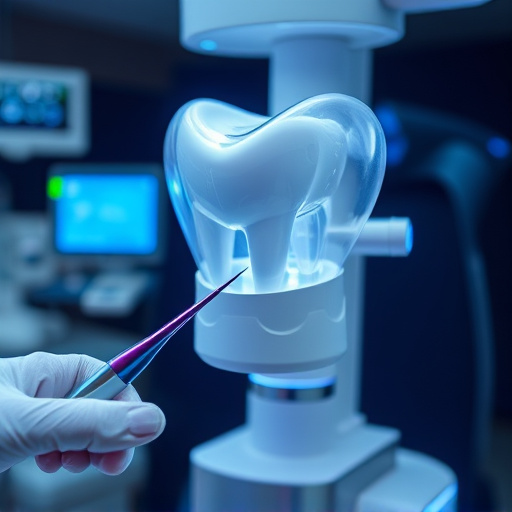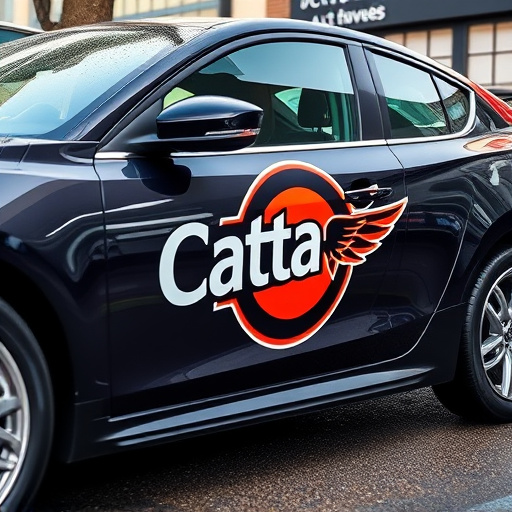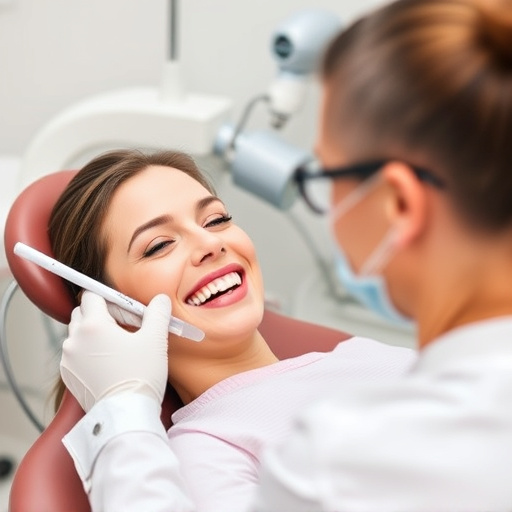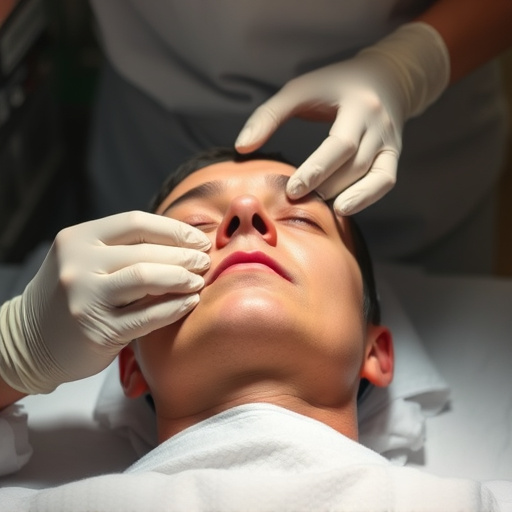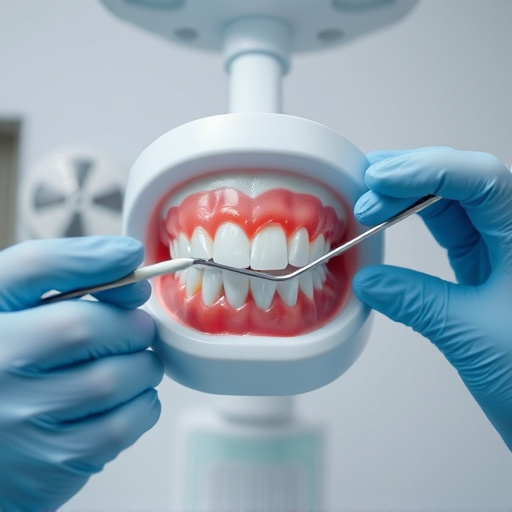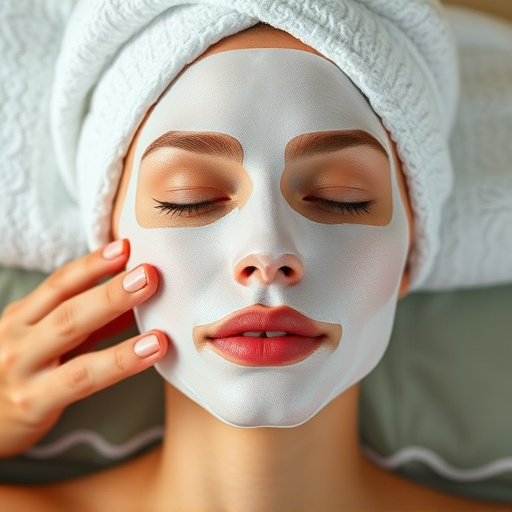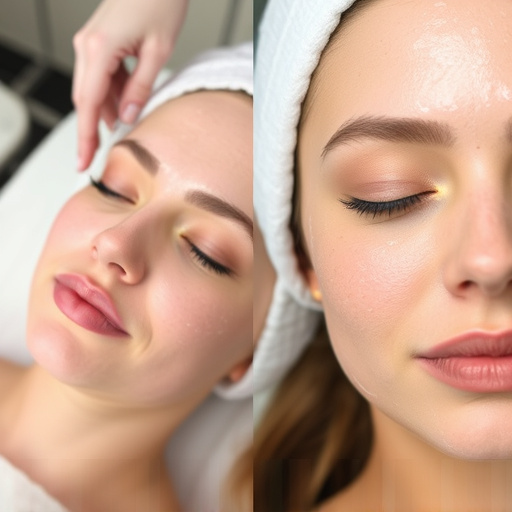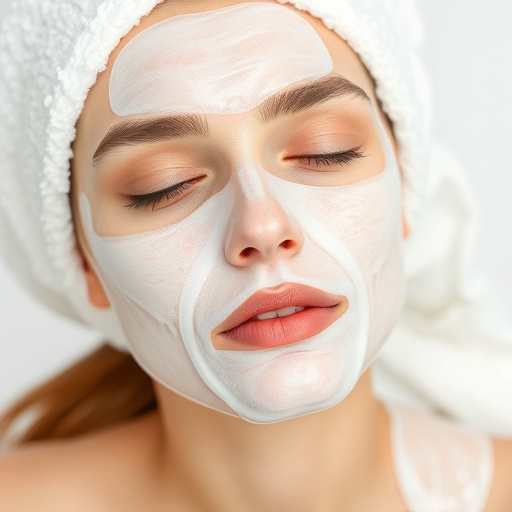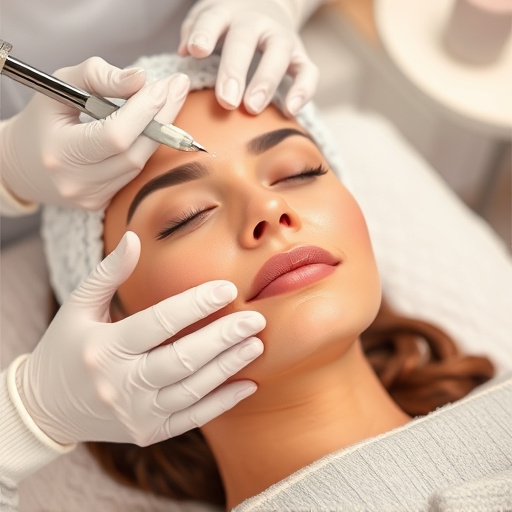Understanding the cost of FDA-approved procedures is vital for informed decision-making in cosmetic treatments like skin tightening or wrinkle reduction. Factors influencing prices include treatment type, complexity, location, and provider experience. Reputable clinics with high-end amenities charge more, and multiple sessions may be needed. Strategic financial planning involves gathering detailed costs, creating a realistic budget, setting an emergency fund, and exploring flexible payment plans to balance skincare priorities with financial stability.
“Planning for FDA-approved medical procedures involves a strategic budget approach. This guide aims to demystify the financial landscape of these procedures, offering insights into their varying costs and influencing factors. From understanding the approval process to navigating potential expenses, this article equips readers with essential knowledge. We delve into practical tips for budgeting and financial planning, ensuring a transparent and informed journey towards your healthcare goals, all while focusing on FDA-approved treatments.”
- Understanding FDA Approved Procedures and Their Costs
- Factors Influencing Budgeting for These Procedures
- Tips for Effective Budgeting and Financial Planning
Understanding FDA Approved Procedures and Their Costs
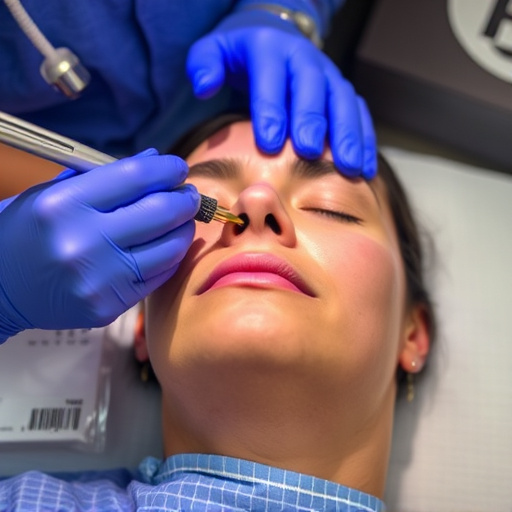
When considering budgeting for any medical procedure, understanding the cost associated with FDA-approved treatments is paramount. These procedures are rigorously tested and evaluated by the Food and Drug Administration (FDA) to ensure their safety and effectiveness. This approval process provides peace of mind for patients, assuring them that the treatments have met stringent standards. However, the costs can vary widely depending on several factors, including the type of procedure, location, and the expertise of the provider.
For instance, FDA-approved procedures like personalized skincare therapies, anti-aging treatments, or chemical peels offer advanced solutions for various skin concerns. While these treatments are considered cutting-edge, their prices reflect the specialized nature of the services. Costs may include professional fees, facility charges, and additional expenses related to product usage or post-procedure care. It’s essential to consult with healthcare professionals who can break down these costs and provide transparent pricing information for a specific procedure tailored to individual needs.
Factors Influencing Budgeting for These Procedures
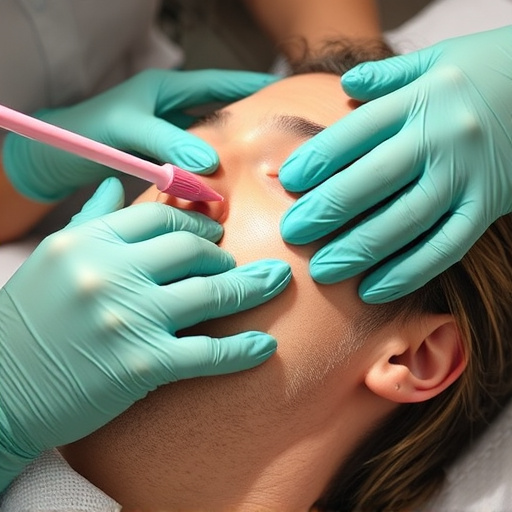
When budgeting for FDA approved procedures like skin tightening or wrinkle reduction, several factors come into play. These procedures vary widely in cost, influenced by everything from the specific treatment and its complexity to the geographical location of the clinic and provider’s experience. For instance, non-invasive procedures like Botox or filler injections tend to be more affordable than surgical options such as face lifts or eye surgeries. Similarly, the reputation and amenities of the clinic can significantly impact pricing.
Additionally, the type of treatment chosen—whether it’s focused on acne treatments, skin tightening, or general rejuvenation—will affect the budget. Some procedures may require multiple sessions spread over time to achieve optimal results, adding to the overall cost. It’s crucial for individuals considering these procedures to research and compare providers, understand the expected outcomes, and discuss financial expectations openly with their chosen clinic to ensure a transparent budgeting process.
Tips for Effective Budgeting and Financial Planning
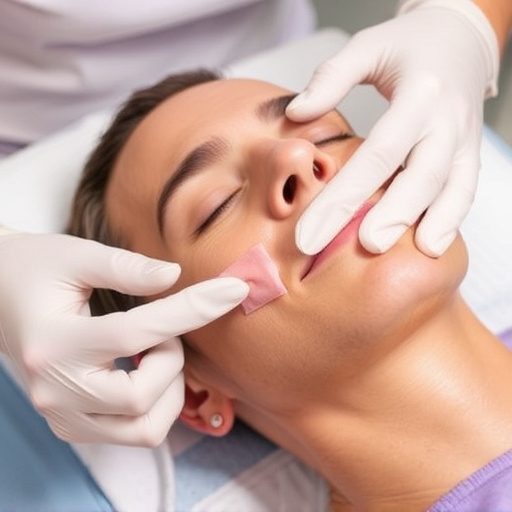
When budgeting for FDA approved procedures like those offered at top-tier medical spas, it’s essential to approach financial planning strategically. Start by gathering detailed information about the costs associated with each procedure you’re interested in. This includes not just the procedure itself but also any pre- or post-treatment recommendations from dermatologists or estheticians. Once you have a clear picture of expenses, create a realistic budget that allocates funds for these procedures while still covering essential living expenses and savings goals.
Consider setting aside an emergency fund to account for unexpected costs and potential side effects that might require additional treatments. Additionally, explore flexible budgeting options offered by medical spas, such as payment plans or promotional packages, which can make these FDA approved procedures more accessible without straining your financial health. Prioritizing skin health and rejuvenation is important, but so is ensuring long-term financial stability.
When considering FDA-approved procedures, understanding the associated costs and effective budgeting are key. By evaluating various factors and implementing thoughtful financial planning, individuals can navigate the financial landscape of these treatments with confidence. Remember, thorough preparation ensures a smoother journey towards achieving your desired outcomes.

